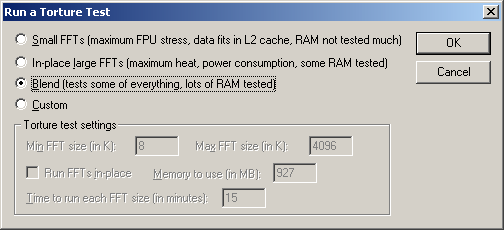THG Puts 13 Bleeding-Edge Memory Modules, 14 Mobos To the Match-Up Test
Motherboards In The Test
Basic Information
To begin with, we equipped the Athlon64 boards with the most up-to-date versions of BIOS that could be found at each manufacturer's Website. All the boards allow the supply voltage to be changed, and so we opted for 2.6 volts as a general standard. Numerous manufacturers of especially fast DIMMs even recommend operation with voltages of 2.6 to 2.8 volts, as they are only guaranteed to function perfectly with clock rates between 200 and 300 MHz (DDR600 DIMMs offers OCZ) by increasing the voltage supply.
Prior to the actual test we deleted the CMOS by jumper in order to boot up each board with the standard settings. Customers also obtain this at the end of the day if they buy a motherboard.
The memory module from TwinMOS led to problems on several occasions, as it was the only one to reach us with defective SPD information. An entry for the supported timings at 166 MHz or DDR333 was completely missing - instead the information for 200 MHz or DDR400 was duplicated. In practice this is a recurring problem with so-called "no-name" products, and so the test with the TwinMOS DIMMS can also be regarded as very practically relevant.
Load Test: Prime95 Torture Test
As in the case of the last memory test, we used the software Prime95 as the testing tool for system stability, as the torture test quickly exposes any existing problems.
This should not be the case: if the motherboard and the working memory do not work reliably, you get this message or the software or the Windows OS crashes.
Get Tom's Hardware's best news and in-depth reviews, straight to your inbox.
Current page: Motherboards In The Test
Prev Page Detailed Information Next Page Abit KV8 - VIA K8T800
Patrick Schmid was the editor-in-chief for Tom's Hardware from 2005 to 2006. He wrote numerous articles on a wide range of hardware topics, including storage, CPUs, and system builds.

